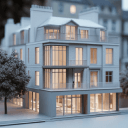3D models increase property sale speed, as data shows listings with 3D tours sell up to 31% faster than those without. Real estate agents use 3D models to enhance listings, offering potential buyers immersive virtual tours. These tours allow buyers to explore properties remotely, saving time and improving buying decisions. Properties with 3D models attract more views, with statistics indicating a 95% increase in page views for listings featuring virtual tours. This increase in engagement translates to higher interest and quicker sales.
High-quality 3D models, such as those created with Arcadium 3D, provide detailed representations of properties, showcasing textures, lighting, and spatial relationships. These models give buyers a realistic understanding of the property, unlike traditional photos or 2D floor plans. Arcadium 3D stands out among alternatives by offering a browser-based platform that simplifies 3D modeling. Users can create detailed 3D house plans in minutes, making it an invaluable tool for enhancing home selling strategies.
In contrast, traditional home selling strategies rely heavily on physical property visits and 2D imagery, which limit the buyer's ability to visualize the space fully. 3D models, especially those created with user-friendly tools like Arcadium 3D, empower sellers to overcome these limitations by providing a comprehensive and immersive visual experience. Consequently, properties marketed with 3D models not only sell faster but also often at higher prices, reflecting the enhanced perceived value from potential buyers.
Contents:
Benefits of 3D Models for Home Sellers
Why do 3D models stand out for home sellers? They offer an immersive experience. Virtual tours and interactive floor plans allow potential buyers to envision themselves within the space, fostering a deeper emotional connection. Such models turn ordinary listings into captivating showcases, differentiating them from the multitude of standard images and descriptions.
How do 3D models enhance the marketing reach for home sellers? They break geographical barriers. Remote buyers, unable to visit in person, receive a comprehensive understanding of the property's layout, dimensions, and potential. This broadens the pool of interested parties, increasing the chances of a sale. Essentially, 3D models serve as a 24/7 open house, accessible from anywhere in the world.
What cost-effective advantages do 3D models provide? They reduce the frequency of actual property showings. Fewer physical walkthroughs mean savings on cleaning, staging, and repairing for each visit. By filtering out less interested buyers, home sellers focus their resources on serious inquiries, optimizing both time and money.
In terms of speed and efficiency, 3D models outperform traditional selling tools. Sellers using 3D technology report quicker sales cycles, as the vivid depictions help buyers make decisions faster. Traditional methods, relying on photographs and physical visits, often leave too much to the imagination, slowing down the decision-making process. Moreover, 3D models ensure that the property is displayed in the best light at all times, eliminating the variables of weather, lighting, and staging that can negatively affect physical showings.
Types of 3D Modeling Techniques
Are there different approaches to creating 3D models? Yes, multiple techniques cater to various requirements and detail levels. Photogrammetry captures real-world objects through photographs from different angles, transforming them into high-fidelity models. This method suits landscapes and exteriors. Conversely, solid modeling focuses on precise geometrical shapes, ideal for constructing new home features or modifications with exact specifications.
What makes polygonal modeling stand out? It's widely used for its versatility in detailing and scalability. Artists create models by connecting polygons, which allows for both simplistic and intricate designs. This technique is perfect for interior visualizations and furniture detailing, offering a balance between performance and visual quality. It provides flexibility in modifying textures and materials, essential for showcasing home interiors in various styles and finishes.
How does procedural modeling differentiate itself? It involves algorithms to generate models, emphasizing automation and efficiency. This technique excels in creating complex patterns and textures like landscapes, cityscapes, or intricate architectural details without manual input for each element. It saves time for architects and designers, especially when dealing with large-scale or repetitive elements.
In evaluating these techniques, photogrammetry offers realism unmatched by the others, making it superior for capturing existing conditions. Polygonal modeling, however, excels in adaptability, allowing for detailed customizations, which procedural modeling cannot match due to its algorithmic nature. Meanwhile, procedural modeling leads in speed and efficiency for generating complex and vast environments, where manual detailing would be impractical or time-consuming.
Virtual Staging: A Cost-Effective Solution
Why consider virtual staging as a cost-effective solution? It significantly reduces expenses. Traditional staging demands physical furniture, decorations, and labor. Virtual staging, in contrast, requires only digital expertise and software. Expenses plummet as physical rentals and movers are unnecessary.
What benefits do homeowners reap from virtual staging? They witness a swift sale cycle. Empty spaces transform into furnished, inviting homes in photographs. Prospective buyers engage more with property listings that present aesthetically pleasing interiors. Engagement escalates, accelerating sales.
How does virtual staging offer flexibility? It enables endless customization. A living room can become a modern lounge or a cozy family area with a few clicks. Preferences vary; virtual staging adapts to diverse tastes effortlessly. Changes are instantaneous, devoid of physical labor.
In the sphere of home selling strategies, virtual staging outshines traditional methods in cost and efficiency. Financially, it demands a fraction of traditional staging’s budget. Efficiency-wise, alterations and revisions occur in real-time, bypassing the slow, manual process of redecorating physical spaces. This digital approach not only conserves resources but also enhances the property's appeal to a broader audience with minimal effort and maximum impact.
Enhancing Online Property Listings with 3D Models
Why consider integrating 3D models into online property listings? The answer lies in their ability to vividly showcase a property. Apartments, houses, and commercial spaces become easily navigable and visually immersive. Potential buyers navigate through rooms, appreciate layouts, and envision future renovations with unparalleled clarity.
How do these virtual tours differ from traditional photographs? They offer a dynamic, interactive exploration of space. Viewers engage with the property actively, moving from kitchen to living room, understanding the flow of spaces. This engagement deepens their interest and investment in the property, a stark contrast to passive observation of static images.
What benefits do sellers gain from using 3D models? They see a significant increase in inquiries and interest. The detailed visual representation helps properties stand out in crowded markets. Buyers feel more informed, confident, and ready to take the next step, reducing the time properties spend on the market.
In enhancing online property listings with 3D models, the engagement level of potential buyers skyrockets beyond that achieved with simple photo galleries. Interactive 3D tours generate a richer, more detailed experience, making every visit to the listing a compelling journey through the property. This leads to a higher likelihood of inquiries, as users spend more time immersed in the property, fostering a deeper connection and interest that mere photos cannot replicate.
Impact on Buyer Engagement and Decision-Making
Why do 3D models captivate potential homebuyers? They offer immersive experiences unlike any other. Virtual tours allow individuals to navigate spaces freely, fostering a sense of ownership before purchase. These models transform mere viewers into active participants, enhancing their connection to the property.
How do these visual tools influence decision-making? By providing detailed insights. 3D models showcase every nook and cranny, from the texture of the walls to the layout of furniture, ensuring expectations align with reality. This clarity reduces uncertainty, leading to quicker, more confident decisions.
Can 3D models elevate the buyer's emotional engagement? Absolutely. They evoke emotions and enable prospects to envision future life events within the spaces. This emotional investment often translates into a stronger desire to commit, pushing them closer to sealing the deal.
Traditional photos and videos serve as mere snapshots of a property, offering a static, one-dimensional view. On the other hand, 3D models offer a dynamic, interactive experience, engaging buyers more deeply and influencing their decision-making process with greater effect. Buyers not only see the space but interact with it, making mental notes on potential changes and personalizations, which substantially elevates their commitment to a purchasing decision.
Comparison: Traditional vs. 3D Enhanced Home Tours
Do traditional home tours offer the same immersive experience as 3D enhanced tours? Certainly not. Traditional tours require physical presence, limiting potential buyers to those who can visit in person. 3D models, on the other hand, allow for virtual exploration from anywhere in the world. This technology grants access to distant buyers, expanding the market reach.
Are 3D enhanced tours more informative than their traditional counterparts? Absolutely. While traditional tours provide a sense of space, they often leave out detailed information about the property’s features and potential. 3D models can include annotations and interactive elements, such as the ability to view the property at different times of the day, offering insights into aspects like natural lighting and the functionality of spaces.
Can traditional methods of showcasing homes capture the imagination of buyers as effectively as 3D tours? They fall short. Traditional methods rely heavily on the buyer's ability to visualize the potential of a space, which can be a significant barrier. 3D models, conversely, present the opportunity to explore customized layouts, furniture arrangements, and renovations with ease, making the property's potential tangible.
In the context of market reach, information delivery, and capturing buyer imagination, 3D enhanced tours outperform traditional methods significantly. They transcend geographical limitations, provide comprehensive details and possibilities of properties, and engage potential buyers' creativity and emotions more profoundly. Thus, integrating 3D models into home selling strategies not only modernizes the approach but also broadens the spectrum of interested parties and enhances the overall appeal of the properties on offer.
Maximizing Return on Investment with 3D Models
How can 3D models enhance profitability in home sales? By allowing potential buyers to visualize spaces accurately and compellingly. Virtual tours and 3D floor plans enable a deeper understanding of a property's layout, dimensions, and potential. These tools increase engagement, enticing more offers and potentially raising the sale price.
What distinguishes 3D models from traditional marketing methods? The depth of experience offered to prospective buyers stands unmatched. Where photographs show a flat perspective, 3D models offer a dynamic exploration of spaces, including bedrooms, kitchens, and living areas. This immersive experience fosters a stronger emotional connection, often speeding up the decision-making process.
Do 3D models impact the time a property spends on the market? Yes, significantly. Listings with interactive 3D tours capture attention longer, reducing the average time a property remains available. Faster sales prevent listings from becoming stale and maintain high market competitiveness, crucial for securing the best possible sale terms.
3D models not only accelerate sales but also command higher prices than properties marketed without these technologies. The investment in 3D modeling yields substantial returns, with homes selling quicker and at better prices than those relying on photographs and descriptions alone. In the context of maximizing return on investment, this approach proves more efficient, showcasing properties in their best light and attracting serious, ready-to-act buyers.
Future Trends in Real Estate Marketing
What does the future hold for 3D models in real estate marketing? Innovations in technology continuously reshape how properties get marketed, with virtual and augmented reality gaining traction. These technologies allow buyers to explore homes through immersive experiences, making distant or inaccessible properties easily viewable from the comfort of one's current residence. Consequently, sellers can showcase properties in meticulous detail, from the texture of materials used in construction to the layout of rooms, enhancing the buyer's engagement and interest.
How do these advancements alter the approach toward client interaction? Real estate professionals are now equipped to provide interactive presentations and tours, moving beyond static images and descriptions. Clients can modify aspects of the property in real time, such as changing wall colors or furniture placement, offering a personalized view that better informs their decision-making process. This shift fosters a deeper connection between the buyer and the property before a physical visit, streamlining the sales cycle.
Why are experts enthusiastic about the integration of artificial intelligence with 3D modeling? AI algorithms can analyze buyer preferences, suggest modifications, and predict future trends in home design. This capability enables real estate marketers to tailor their offerings more precisely to individual client desires, enhancing satisfaction and loyalty. Moreover, AI-driven insights can guide developers in creating properties that align with emerging preferences, ensuring that new constructions are both desirable and sellable.
3D modeling presents a more engaging and informative experience than traditional marketing methods, which rely heavily on photographs and written descriptions. Buyers can explore every nook and cranny of a property without leaving their homes, a convenience that flat images cannot offer. This immersive approach not only saves time but also allows for a more emotional connection to the property, a critical factor in the decision-making process. As we look to the future, these technologies will likely become standard in real estate marketing, eclipsing older methods for their ability to provide a richer, more detailed representation of properties.


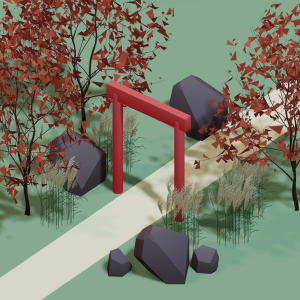 All training, tips and articles
All training, tips and articles
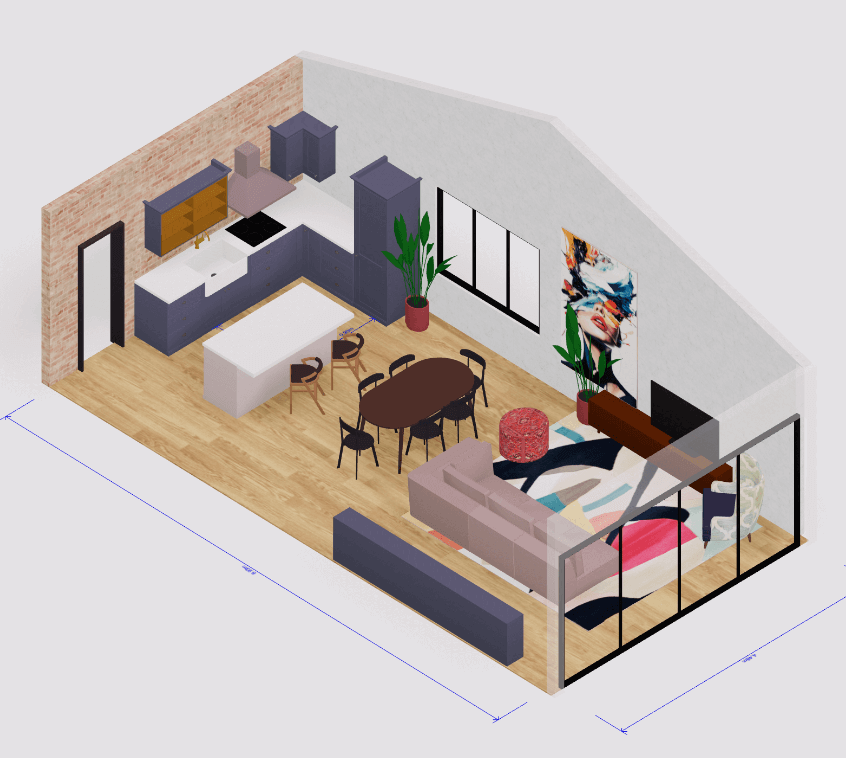 3D house design tool
3D house design tool
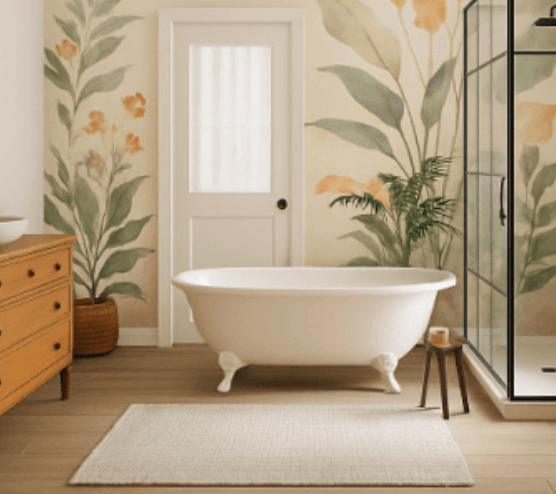
 Color palette generator
Color palette generator
 Floor plan creator
Floor plan creator
 Interior design app
Interior design app
 Kitchen design tool
Kitchen design tool
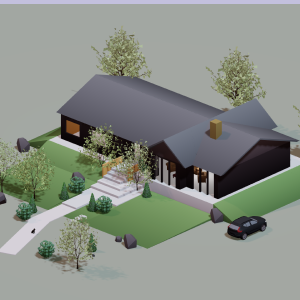 House design software
House design software
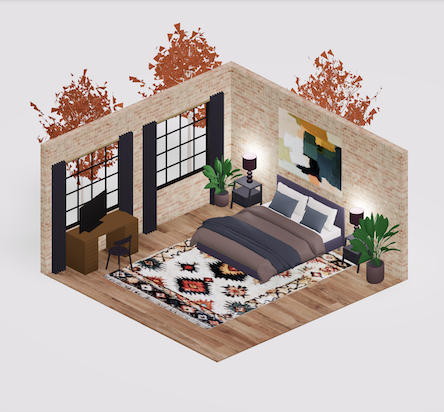 Room designer
Room designer
 Landscape design software
Landscape design software
 Bedroom design
Bedroom design
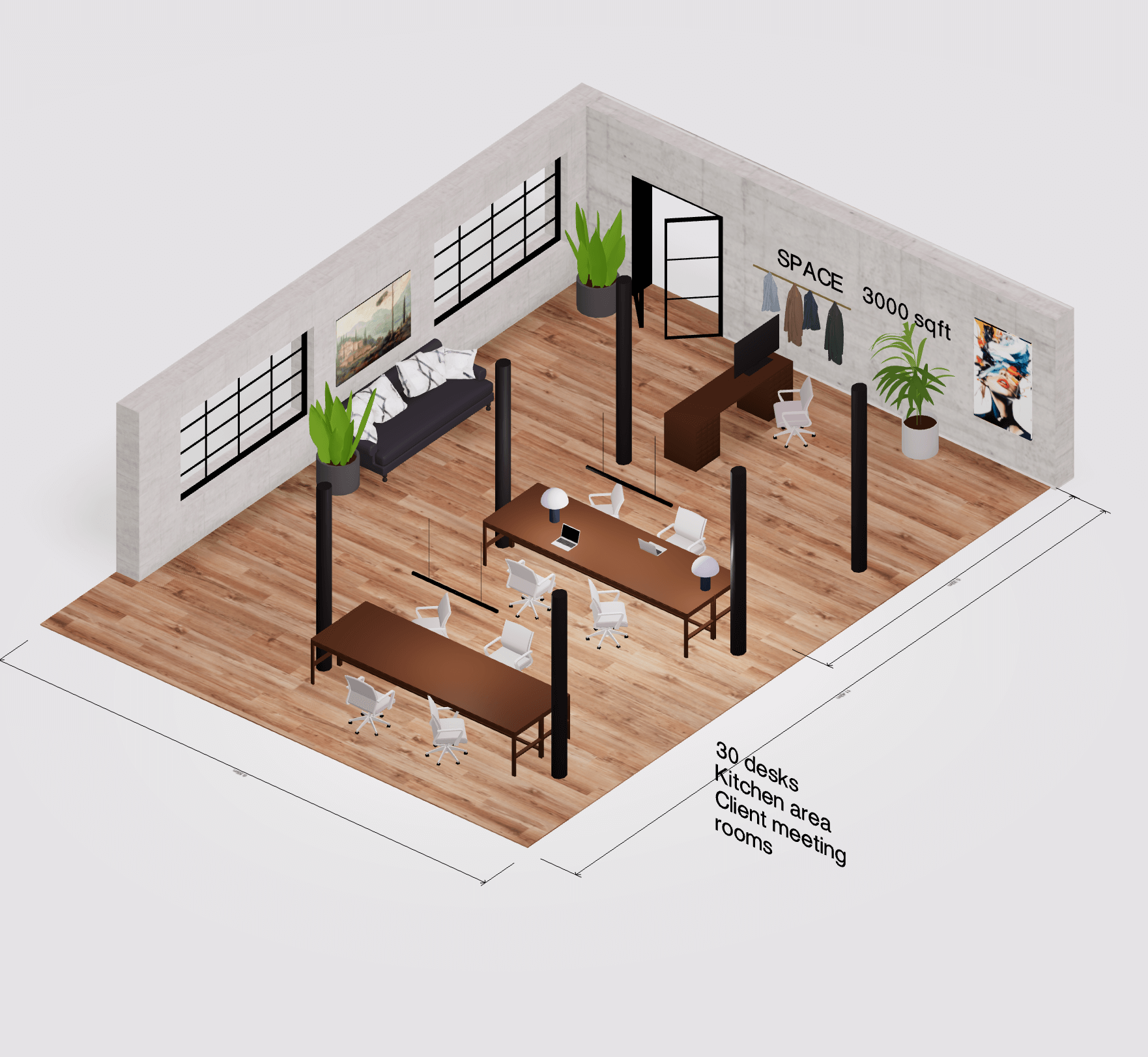 Office floor plan creator
Office floor plan creator
.png)



